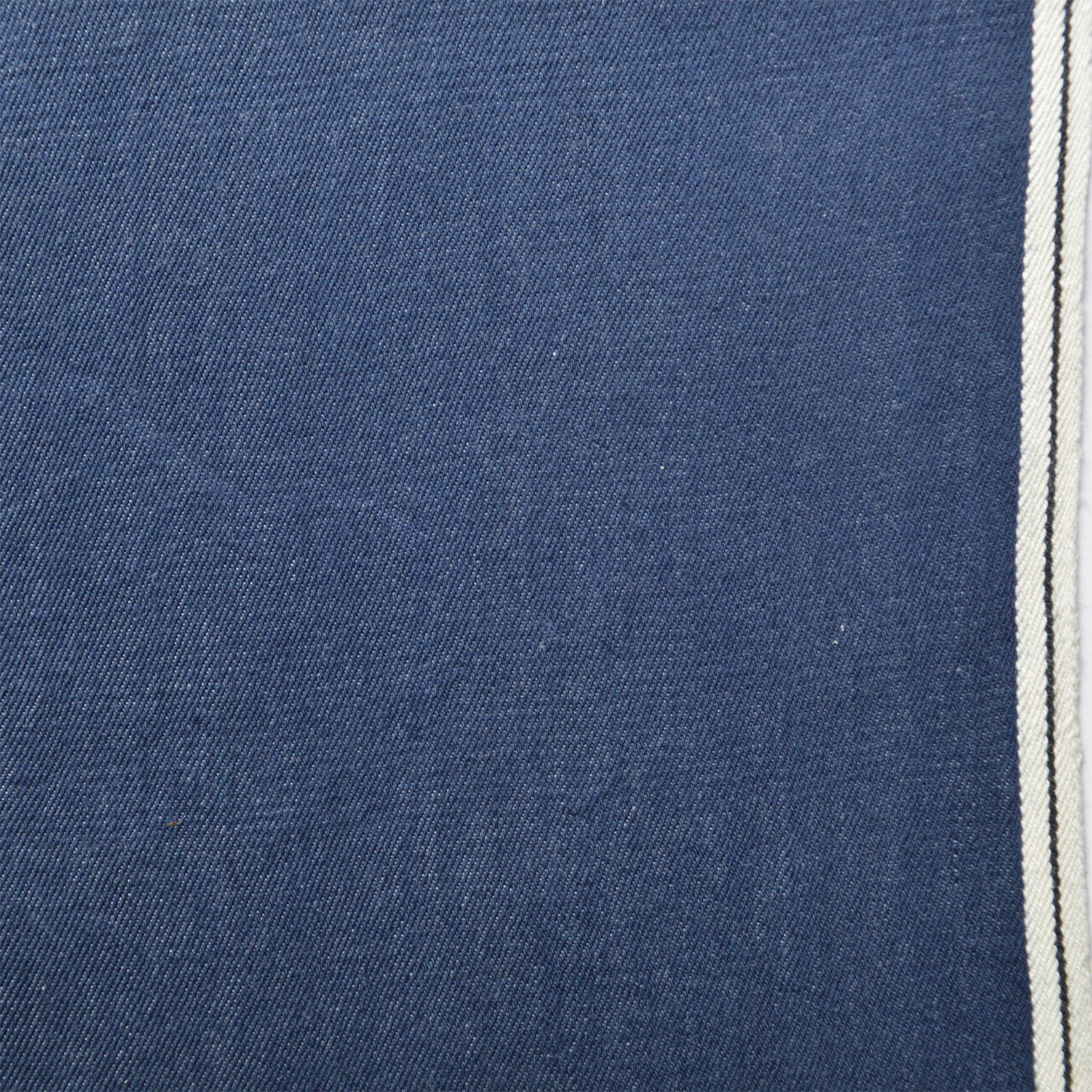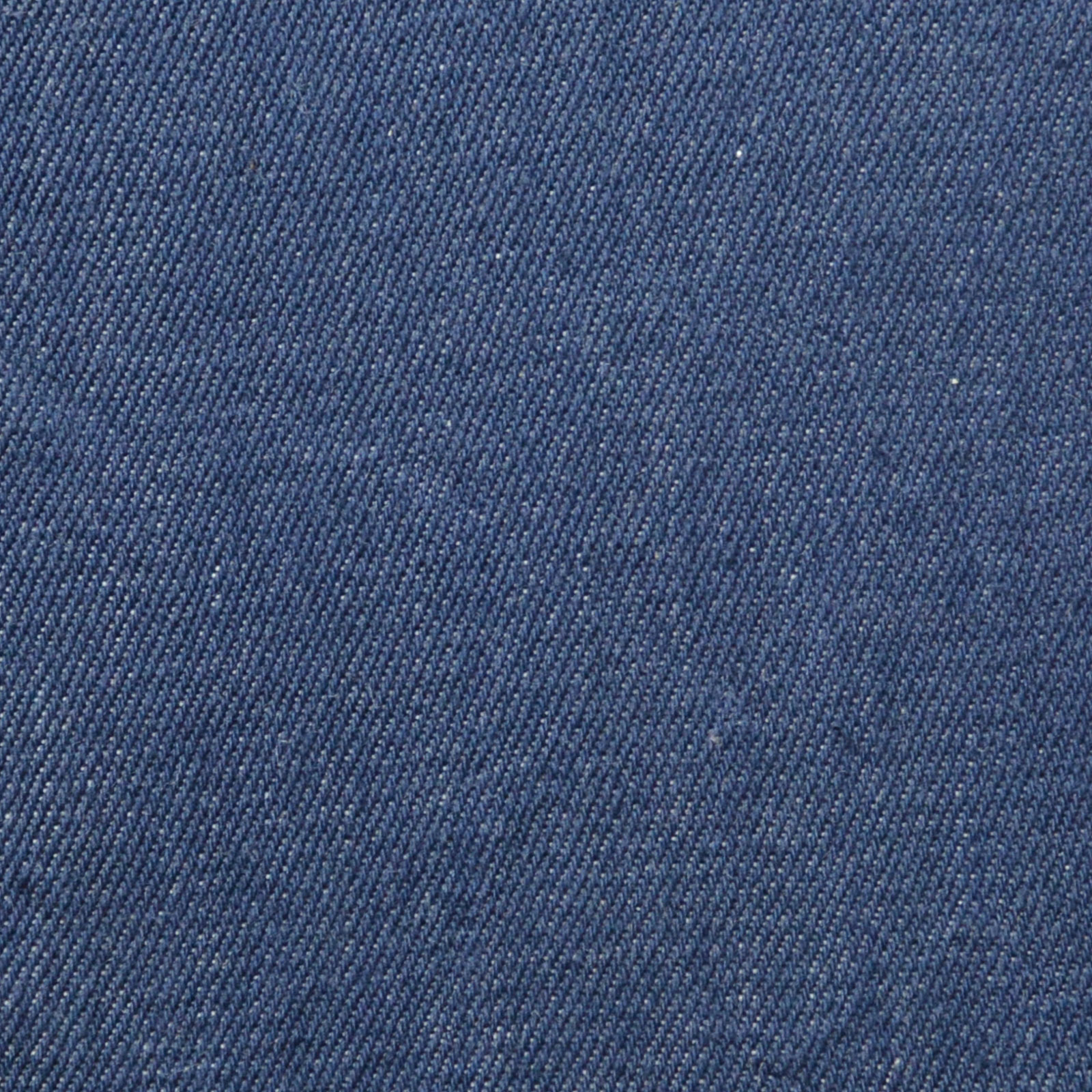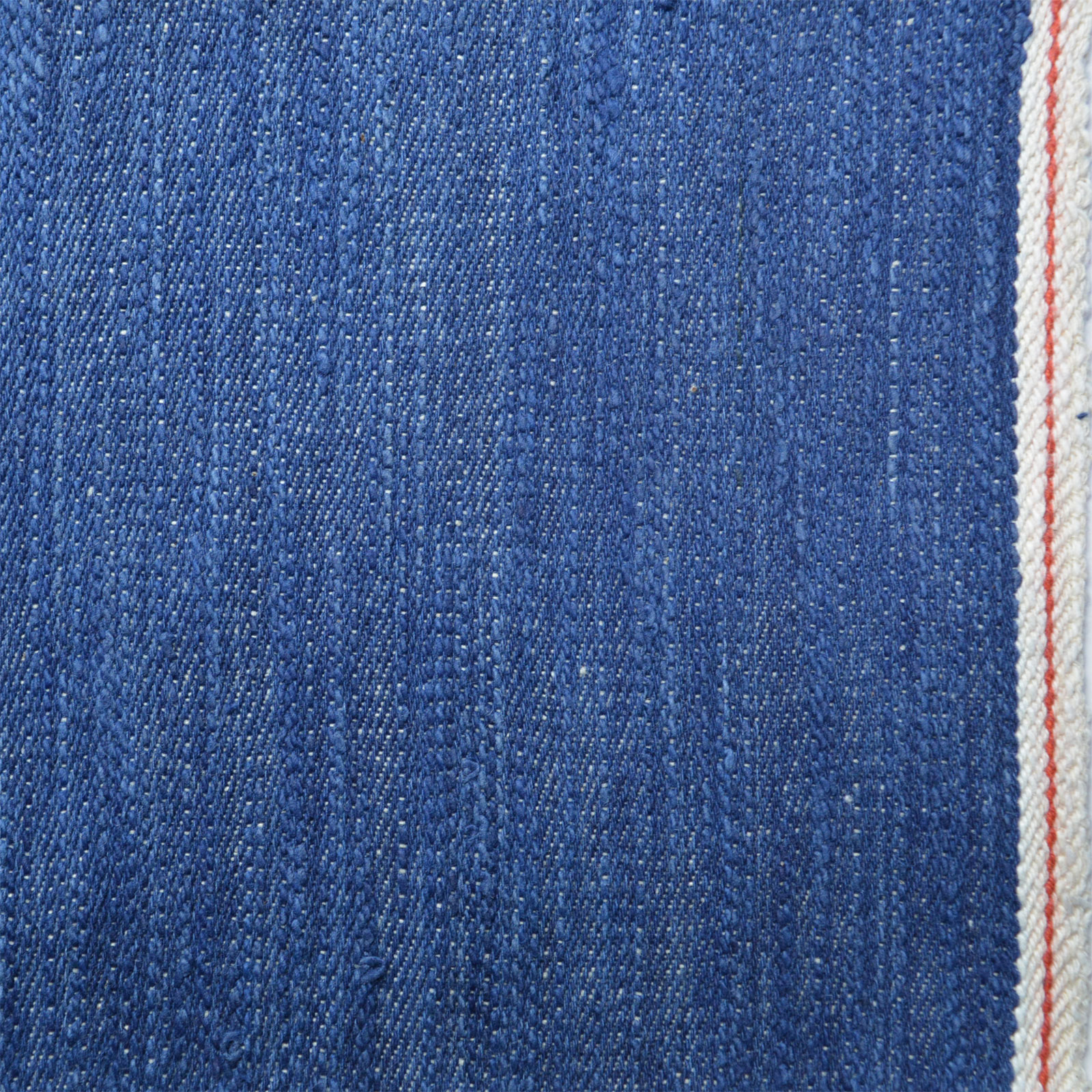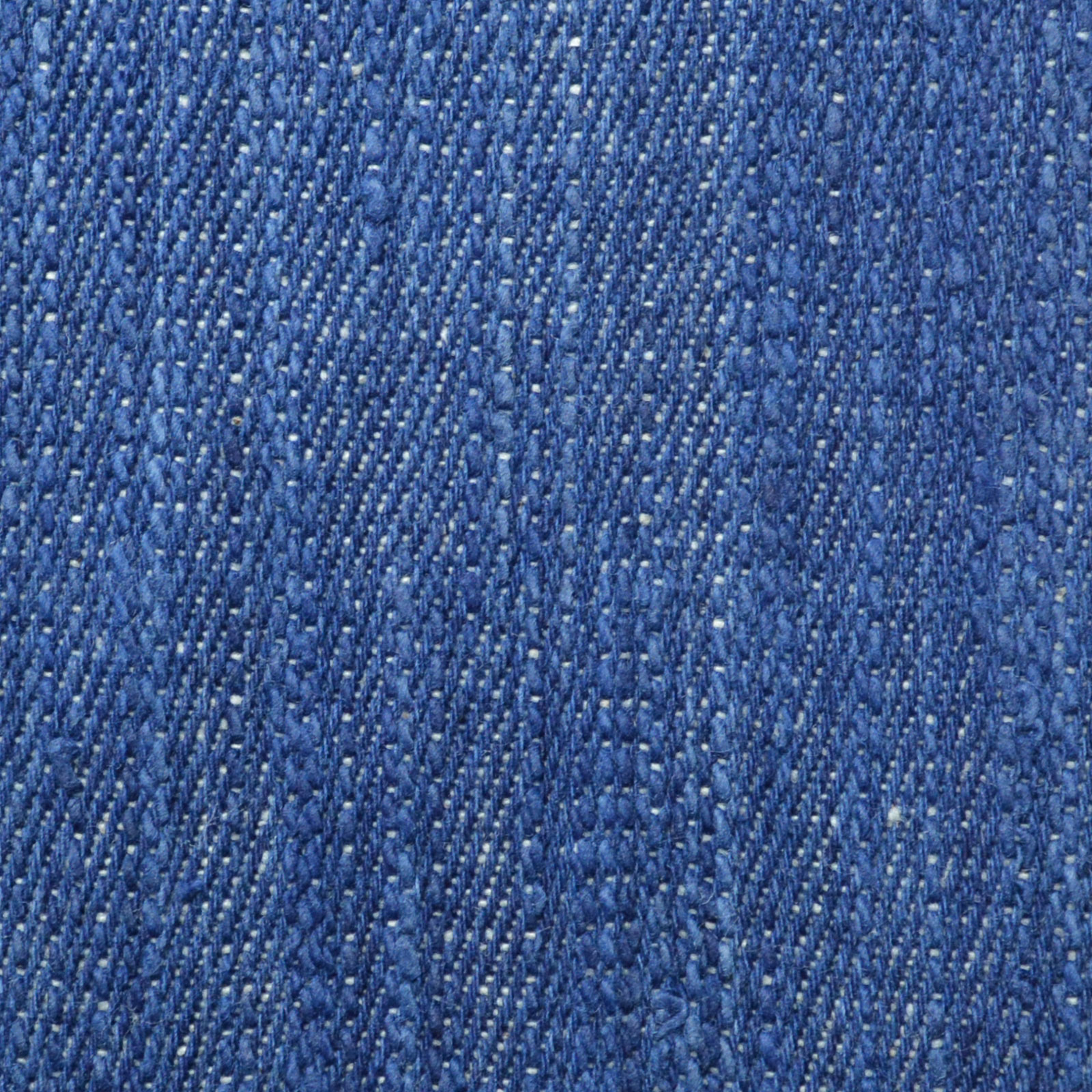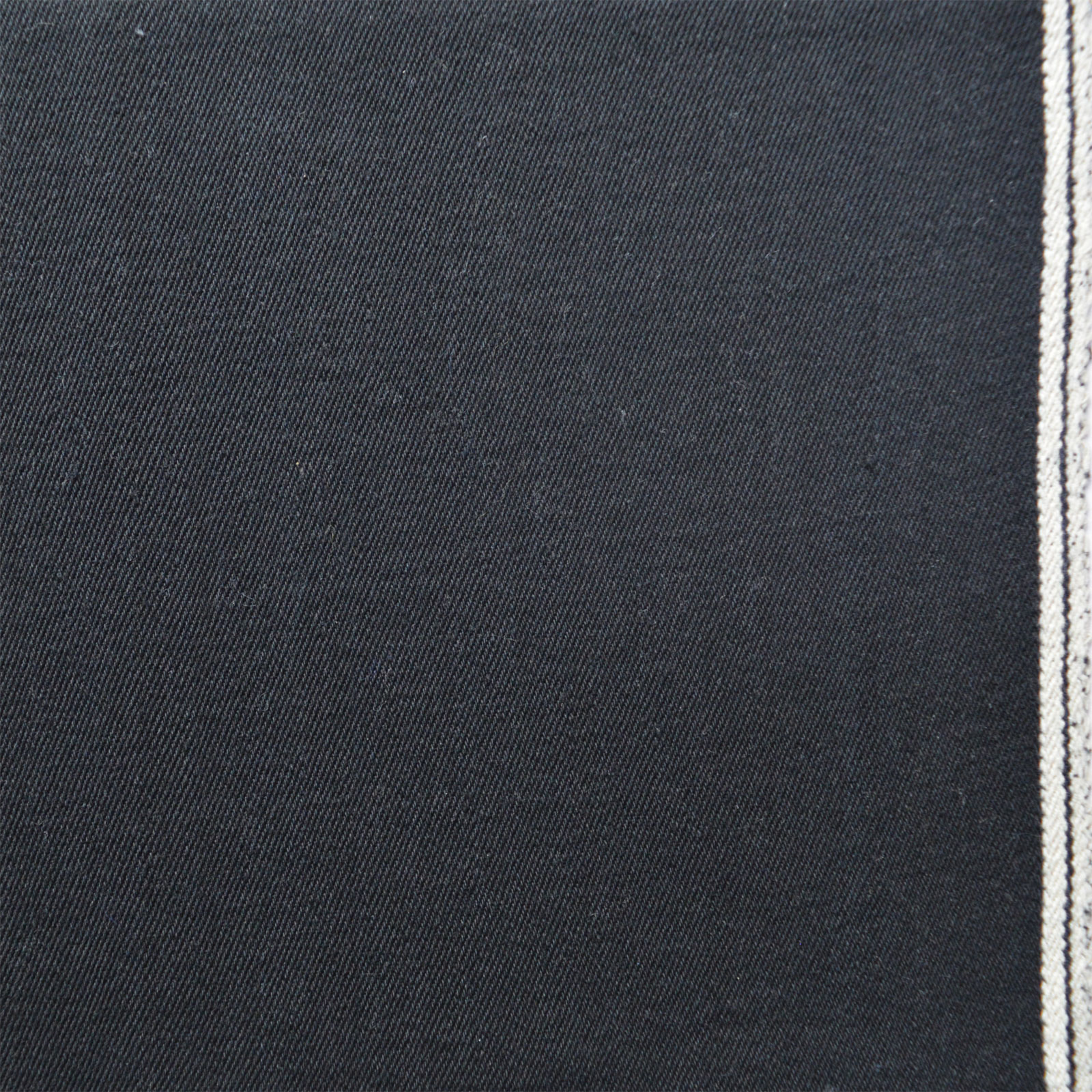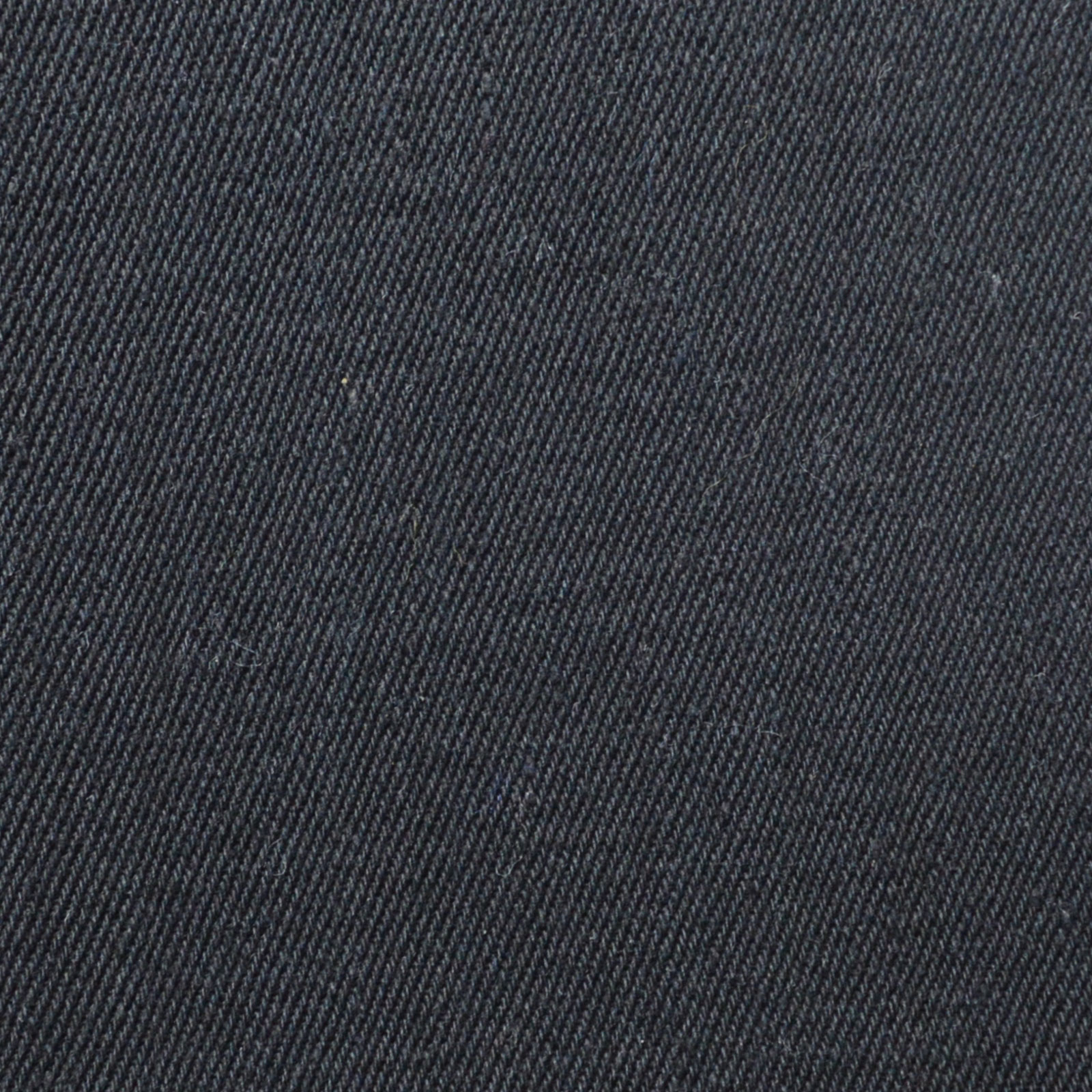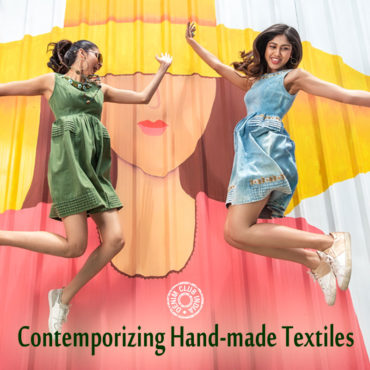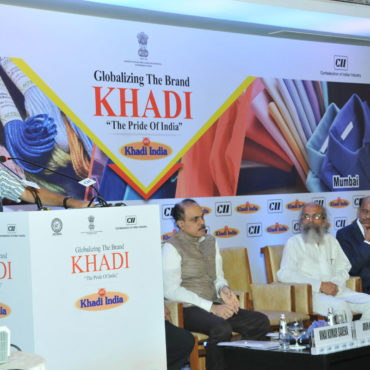Description
Premium Eco-friendly, light weight handloom selvedge denim fabric, woven out of 100% cotton mill-spun yarn. The fabric is offered in a standard width of 40 inches (approx. 1 meter).
This is a completely artisanal fabric, woven by master crafts-persons on traditional wooden frame, hand & foot operated looms, without using electricity, at any stage of the process.
The fabric is hand-dyed with natural / vegetable dyes, extracted from Onion Skins, to dark green / khaki color in a hot dye bath.
It has very high breathability, is friendly for the human skin, and very comfortable for the wearer, in all weathers.
This fabric is also available in the organic cotton variety, on specific requirement.
SKU: LWHD-CTD-3030-P03-OS
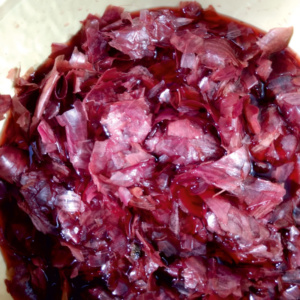
The dry skin of onion, Allium cepa, which is thrown away by everyone, all the time, is a rich source of natural dye, which has been used for dyeing textiles since times immemorial. It results in quite interesting and lovely hues and colors.
We collect onion skins from local eateries (dhaba) who, otherwise, throw away this wonderful and precious source of mesmerizing colors in to the dust-bins, and recycle this zero-value waste to create high-value eco-friendly textiles and fashion.
The pigment, which is very easy to extract, gives an unbelievable range of shades.
The dyeing is completely chemical-free, and organic in nature to the core.
The most exclusive range of our fabrics featuring one of a kind pattern created by hand. Each custom dyed fabric piece is unique and uses the age old and traditional hand based process of fabric manipulations techniques.
The fabric can be folded, pleated, creased and stitched to create different patterns such as lines, squares, diamonds and / or a mottled effect. The fabric may additionally be bound or tied with thread, string, twine, rubber bands or other linear materials to prevent dye from penetrating the bound protect areas.
Each Custom Tie & Dyed fabric is individually tied by hand and then dyed by hand and the maximum length of fabric is three meters. The three meter piece contains a combination of pattern, solid fabric dyed and undyed portions.
The dyes used for Custom Tie & Dye fabric are using eco-friendly and natural dyes extracted from various organic waste materials, like marigold petals, eucalyptus leaves, pomegranate rind, onion skins, madder roots, and also the dye extracted from indigo plant.
These custom tie & dye fabrics are ideal for creating tops, dresses, blouses, skirts, shirts, jackets, jeans etc.
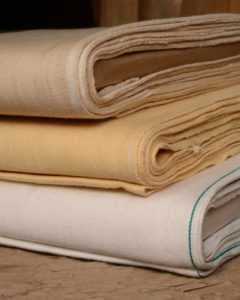 A selvedge or selvage is a “self-finished” edge of fabric, keeping it from unraveling and fraying. The term “self-finished” means that the edge does not require additional finishing work, such as hem or bias tape, to prevent fraying.
A selvedge or selvage is a “self-finished” edge of fabric, keeping it from unraveling and fraying. The term “self-finished” means that the edge does not require additional finishing work, such as hem or bias tape, to prevent fraying.
In woven fabric, selvages are the edges that run parallel to the warp (the longitudinal threads that run the entire length of the fabric), and are created by the weft thread looping back at the end of each row. This looping is possible only if the weaving is done using a “shuttle”, which carries the weft yarns from one end to the other and then returns.
After the introduction of shuttle less weaving machines in 1950s, almost all fabrics – including denim – have a frayed edge, because the weft yarn is cut at the edge of the fabric, and no looping happens.
Our entire collection of eco-friendly denim fabric is made on shuttle handlooms, and therefore comes with a neat and clean, well formed selvedge along both the edges of the fabric.
Click here to know more about selvedge denim.

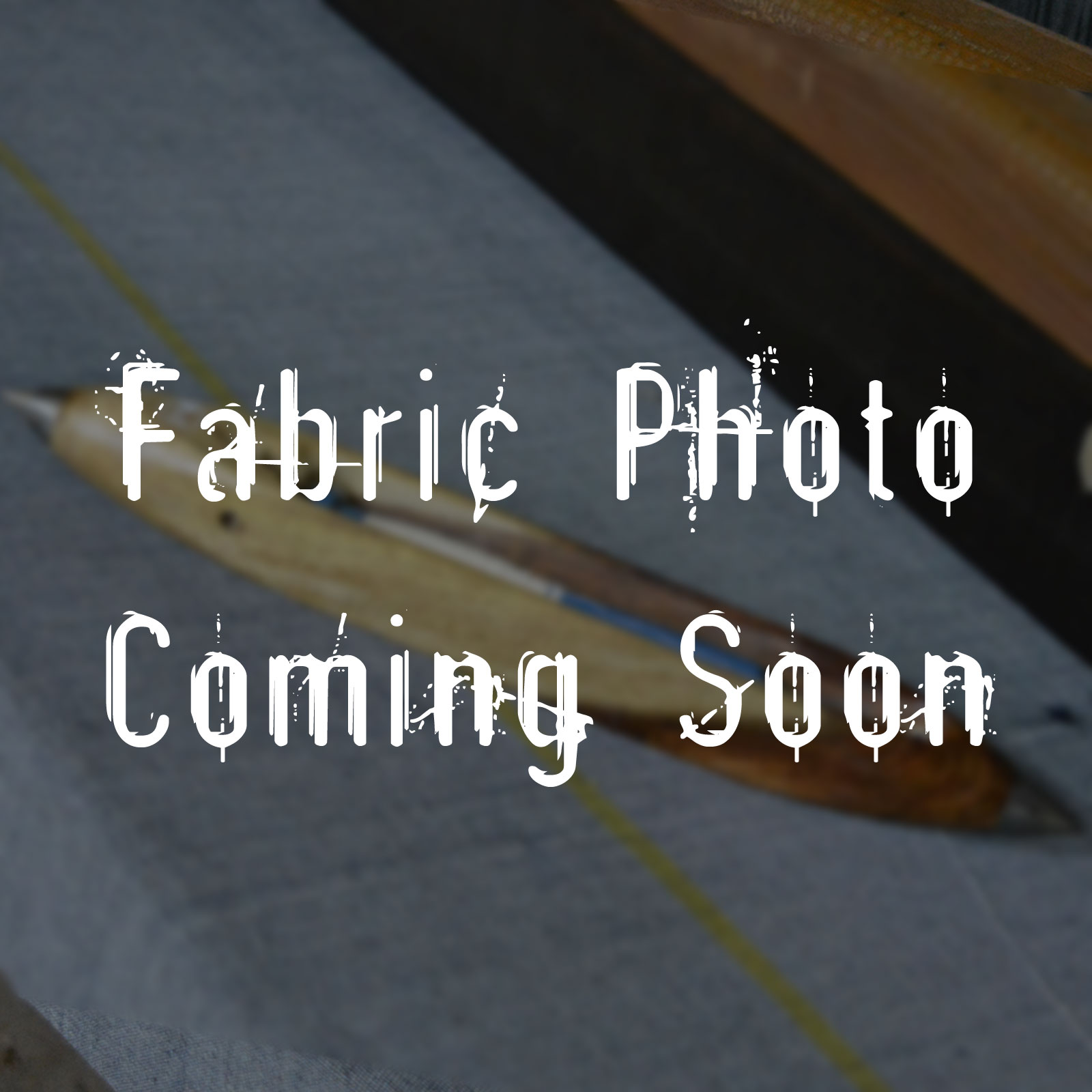

 A selvedge or selvage is a “self-finished” edge of fabric, keeping it from unraveling and fraying. The term “self-finished” means that the edge does not require additional finishing work, such as hem or bias tape, to prevent fraying.
A selvedge or selvage is a “self-finished” edge of fabric, keeping it from unraveling and fraying. The term “self-finished” means that the edge does not require additional finishing work, such as hem or bias tape, to prevent fraying.